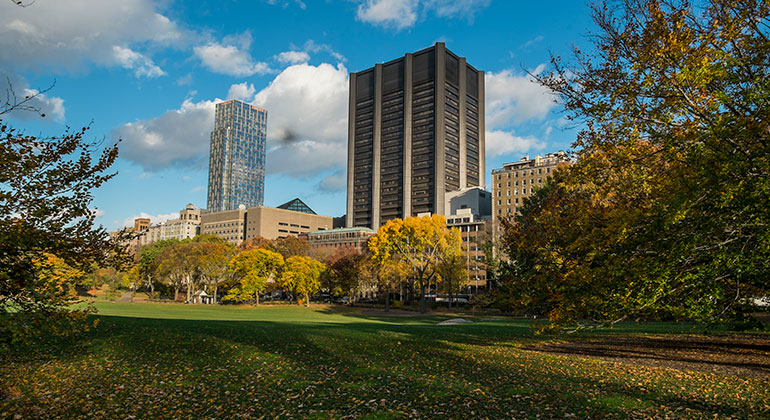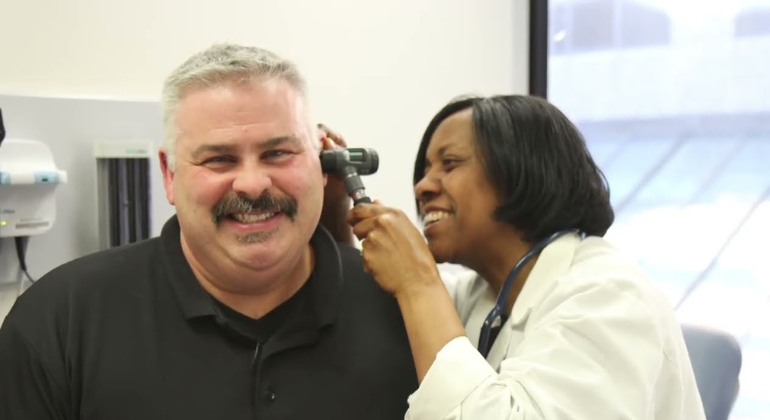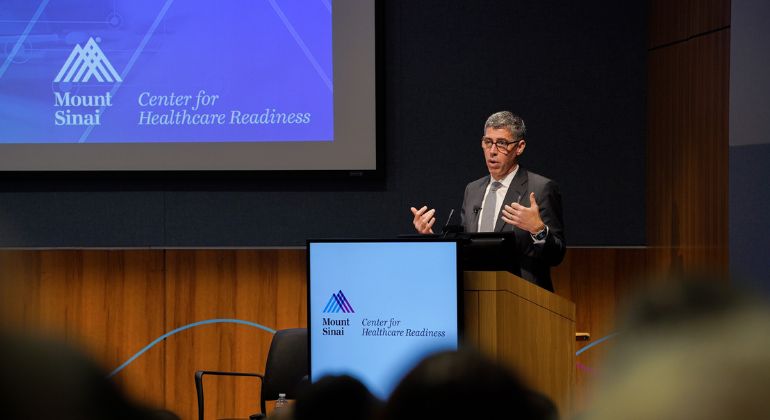Cancer-Incidence Rates Higher Than Expected Among World Trade Center Rescue and Recovery Workers
Comprehensive study by Mount Sinai’s WTC Health Program published in Environmental Health Perspectives.
A comprehensive analysis of health data collected through the World Trade Center Health Program at the Icahn School of Medicine at Mount Sinai found cancer incidence rates statistically higher than expected among World Trade Center rescue and recovery workers. Elevations were seen for cancers at all anatomic sites in the human body combined, as well as for cancer of the thyroid, prostate cancer, hematopoietic (blood) and lymphoid cancer, and soft-tissue cancer. Cancer incidence rates were most highly elevated in very highly-exposed responders who were trapped in the dust cloud or who worked a significant number of days at the WTC site.
The study, "Cancer Incidence in World Trade Center Rescue and Recovery Workers, 2001-2008," was based on self-reported health information combined with follow-up medical testing data from 20,984 consented participants in the WTC Health Program. A total of 575 cancers were diagnosed in 552 individuals. The findings, published online April 23 in the journal Environmental Health Perspectives, are concordant with previous research on firefighters conducted by the New York City Fire Department (FDNY) and with research on New York City residents conducted by the New York City Department of Health and Mental Hygiene's WTC Health Registry.
"Previous studies have looked at cancer incidence rates after September 11, but did not report on associations according to levels of exposure. This study is significant because for the first time it examines associations between several types of cancers in a specific population – WTC rescue and recovery workers – and levels of exposure to the dust on the debris pile in lower Manhattan," said study co-author Philip Landrigan, MD, MSc, FAAP, Dean for Global Health and the Ethel Wise Professor and Chair of the Department of Preventive Medicine at the Icahn School of Medicine at Mount Sinai.
"The findings of this study, while significant, should be interpreted with caution given the short follow-up and long latency period for most cancers; the intensive medical surveillance of this cohort by Mount Sinai researchers and our partners; and the small numbers of cancers at specific sites," said Samara Solan, MD, an Instructor of Preventive Medicine at the Icahn School of Medicine at Mount Sinai and corresponding author of the study. "However, our findings strongly highlight the need for continued follow-up and medical surveillance of WTC responders."
Study Methodology
Cancers among 20,984 consented participants in the WTC Health Program were identified through linkage to state tumor registries in New York, New Jersey, Connecticut, and Pennsylvania. Standardized incidence ratios (SIRs) were calculated to compare cancers diagnosed in responders to predicted numbers for the general population. Multivariate regression models were used to estimate associations with degree of exposure.
Conclusion
Through linkage with the four state cancer registries, researchers identified 575 tumor diagnoses between September 11, 2011 and December 31, 2008 in 552 individuals from a total of 20,984 consented responders. Researchers estimated a 15 percent increase in all cancer sites combined among all responders (SIR 1.15; 95% CI: 1.06, 1.25) based on 575 cases diagnosed versus 498.8 expected (Table 2). Researchers also estimated statistically significant increases over expected registrybased incidence rates for thyroid cancer (SIR 2.39; 95% CI: 1.70, 3.27; 39 observed, 16.3 expected), prostate cancer (SIR 1.21; 95% CI: 1.01, 1.44; 129 observed, 106.8 expected), combined hematopoietic and lymphoid cancers (SIR 1.36; 95% CI: 1.07, 1.71; 74 observed, 54.5 expected), and soft tissue cancers (SIR 2.26; 95% CI: 1.13, 4.05; 11 observed, 4.9 expected). In addition, nonsignificant positive associations were estimated for nonHodgkin lymphoma (SIR 1.36; 95% CI: 0.96, 1.87; 8 observed, 6.6 expected) and kidney cancer (SIR 1.39; 95% CI: 0.95, 1.98; 31 observed, 22.2 expected). Fewer than six cases of several cancer types were observed, including mesothelioma and cancers of the pancreas.
About the World Trade Center Medical Monitoring and Treatment Program
The Mount Sinai-Irving J. Selikoff Center for Occupational and Environmental Medicine (COEM) has taken a lead in developing the World Trade Center Medical Monitoring and Treatment Program, which stands as the federal government's principal public health response to 9/11 and continues to coordinate the NY-NJ Consortium of occupational medicine providers of program services.
The Program, with funding from the federal government, offers free, confidential medical and mental health evaluation, long-term monitoring and treatment for eligible WTC rescue, recovery and clean-up workers, including volunteers, who responded to the September 11, 2001 terrorist attacks in New York City. Medical screening and annual medical monitoring examinations, as well as both out- and in-patient treatment services as may be needed for WTC-related medical and mental health conditions is being offered at a number of New York/New Jersey metro-area occupational medicine clinical centers and nationwide.
The Program also maintains data through two Data and Coordination Centers, one coordinated by the Icahn School of Medicine at Mount Sinai and one coordinated by the FDNY, complementing the latter agency's matching service program for current and retired NYC Fire Dept. employees. Non-identifying data is periodically pooled and analyzed across the programs to expand the scientific understanding of health impacts resultant from WTC exposures, assure best practices of care for responders in need, and help inform future health response to such emergencies.
The Program's Mount Sinai-coordinated Consortium of Clinical Centers of Excellence have medically screened over 30,000 WTC rescue and recovery workers and volunteers in all 50 states to date, since the program kicked off in July of 2002. The Consortium has also provided over 66,000 medical monitoring exams.
To determine eligibility, to enroll and/or for more information, WTC responders nationwide need only call into the programs hotline at 1-888-702-0630. The program maintains a website as well, which also lists participating services providers and clinical center locations, including those maintained by a NY/NJ metro-area Consortium.
About The Mount Sinai Medical Center
The Mount Sinai Medical Center encompasses both The Mount Sinai Hospital and Icahn School of Medicine at Mount Sinai. Established in 1968, the Icahn School of Medicine is one of the leading medical schools in the United States, and is noted for innovation in education, biomedical research, clinical care delivery, and local and global community service. It has more than 3,400 faculty in 32 departments and 14 research institutes, and ranks among the top 20 medical schools both in National Institutes of Health (NIH) funding and by U.S. News & World Report.
The Mount Sinai Hospital, founded in 1852, is a 1,171-bed tertiary- and quaternary-care teaching facility and one of the nation's oldest, largest and most-respected voluntary hospitals. In 2012, U.S. News & World Report ranked The Mount Sinai Hospital 14th on its elite Honor Roll of the nation's top hospitals based on reputation, safety, and other patient-care factors. Mount Sinai is one of 12 integrated academic medical centers whose medical school ranks among the top 20 in NIH funding and by U.S. News & World Report and whose hospital is on the U.S. News & World Report Honor Roll. Nearly 60,000 people were treated at Mount Sinai as inpatients last year, and approximately 560,000 outpatient visits took place.
For more information, visit http://www.mountsinai.org.
Find Mount Sinai on:
Facebook: http://www.facebook.com/mountsinainyc
Twitter @mountsinainyc
YouTube: http://www.youtube.com/mountsinainy
# # #
About the Mount Sinai Health System
Mount Sinai Health System is one of the largest academic medical systems in the New York metro area, with 48,000 employees working across seven hospitals, more than 400 outpatient practices, more than 600 research and clinical labs, a school of nursing, and a leading school of medicine and graduate education. Mount Sinai advances health for all people, everywhere, by taking on the most complex health care challenges of our time—discovering and applying new scientific learning and knowledge; developing safer, more effective treatments; educating the next generation of medical leaders and innovators; and supporting local communities by delivering high-quality care to all who need it.
Through the integration of its hospitals, labs, and schools, Mount Sinai offers comprehensive health care solutions from birth through geriatrics, leveraging innovative approaches such as artificial intelligence and informatics while keeping patients’ medical and emotional needs at the center of all treatment. The Health System includes approximately 9,000 primary and specialty care physicians and 11 free-standing joint-venture centers throughout the five boroughs of New York City, Westchester, Long Island, and Florida. Hospitals within the System are consistently ranked by Newsweek’s® “The World’s Best Smart Hospitals, Best in State Hospitals, World Best Hospitals and Best Specialty Hospitals” and by U.S. News & World Report's® “Best Hospitals” and “Best Children’s Hospitals.” The Mount Sinai Hospital is on the U.S. News & World Report® “Best Hospitals” Honor Roll for 2024-2025.
For more information, visit https://www.mountsinai.org or find Mount Sinai on Facebook, Instagram, LinkedIn, X, and YouTube.
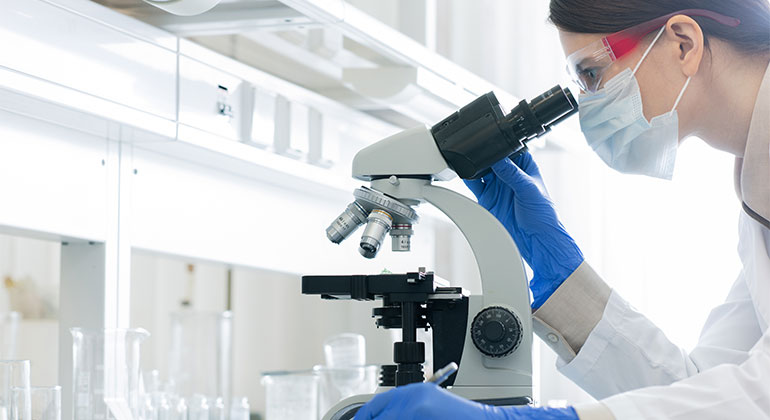
“Forever Chemicals” Linked to Higher Risk of Type 2 Diabetes
Jul 22, 2025 View All Press Releases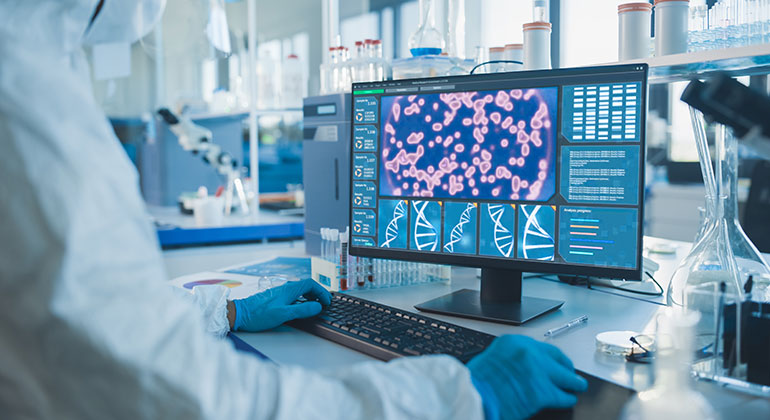
Prenatal and Childhood Lead Exposure Linked to Faster Memory Decay in Children
Jul 09, 2025 View All Press Releases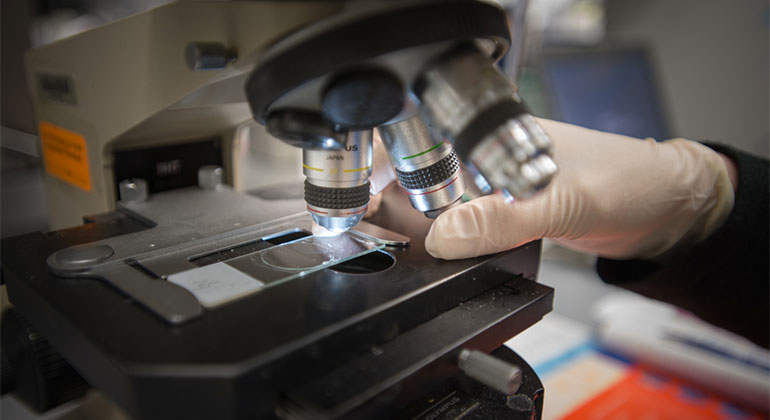
Changes in Microbiome Predict Risk for Sexually Transmitted Disease
Jan 15, 2025 View All Press Releases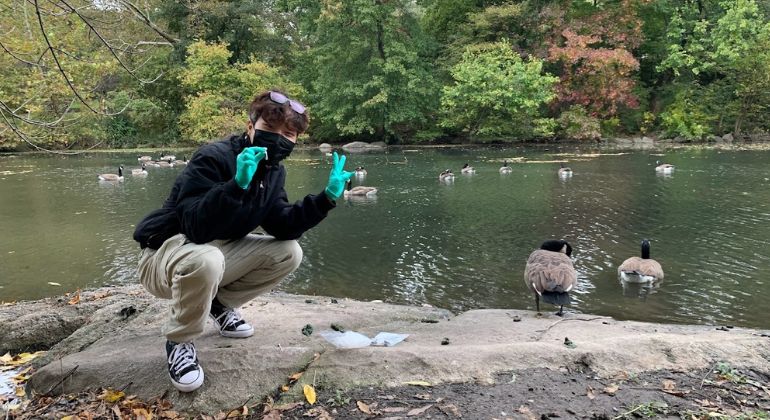
New York City Virus Hunters Detect H5N1 Avian Influenza in New York City Wild Birds
May 21, 2024 View All Press Releases
